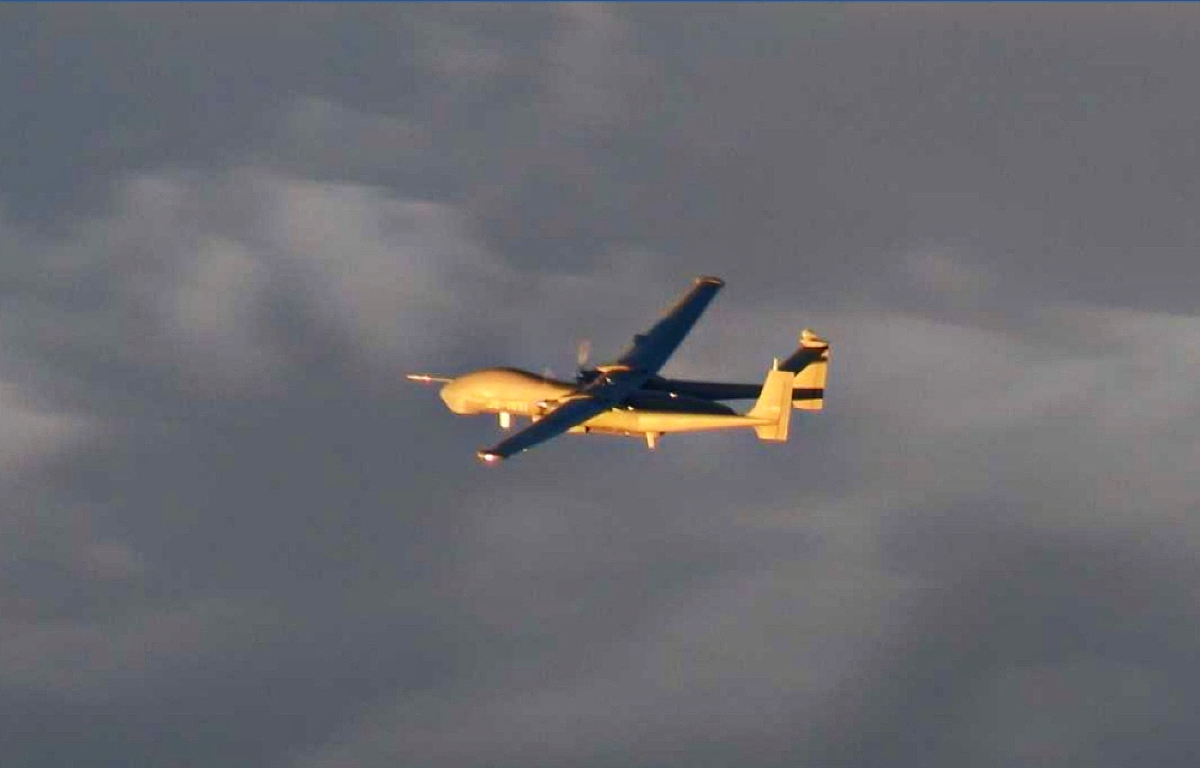Chinese aircraft incursions have been a persistent source of conflict with its neighbors, including Taiwan and Japan. In the last few years, these incursions have grown in frequency and ferocity, with the majority of the incursions serving as evidence of the “new normal.”
Furthermore, dozens of Chinese and Russian aircraft flew into Korea’s air defense identification zone (KADIZ) in 2021, according to the latest data from the Korean Defense Ministry, highlighting the expanding collaboration between the air forces of the two countries in the region.

The US Air Force first drew the air defense zone in 1951 during the 1950–1953 Korean War to stop air warfare between countries surrounding the Korean Peninsula.
The area is zoned off to ask foreign flights to identify themselves to avoid unintentional collisions, but it is not territorial airspace.
“The number of entries by Russian aircraft into KADIZ has exceeded ten times since 2017 while topping 20 times in 2019,” the document noted.
In recent years, Russian and Chinese aircraft have frequently penetrated the zone due to competing claims over several areas.
Russia does not recognize South Korea’s ADIZ. Beijing has stated that the area is not territorial airspace and that all countries should be able to move across it freely.
The report further stated that Japanese airplanes had entered the overlapping Korean and Japanese air defense zones 500 times on average each year after giving advance notice.
Chinese Aircraft In Taiwan’s ADIZ
China has also increased its diplomatic and economic pressure on Taiwan. It regularly sends warplanes over the median line, which both parties had previously acknowledged.
The Chinese military violates the island’s Air Defense Identification Zone (ADIZ) with an increasing number of sorties and intrusions while also deploying its naval troops near the coast to engage in combat drills.
These aircraft have been consistently flying into Taiwan’s ADIZ since September 2020, upping its usage of gray zone strategies. The PLA has also begun sending drones into Taiwan’s identification zone more regularly following US House Speaker Nancy Pelosi’s visit to Taiwan in early August, as previously reported by the EurAsian Times.
The term “gray zone tactics” refers to a strategy or set of strategies used in addition to steady-state assurance and deterrence to achieve one’s security goals without using direct or heavy force.

On October 2, the Ministry of National Defense (MND) announced that it had detected 22 Chinese military aircraft and four naval vessels in the vicinity of Taiwan.
Two Shenyang J-11 fighter planes from the People’s Liberation Army (PLA) crossed the Taiwan Strait median line in Taiwan’s northeast air defense identification zone out of the 22 PLA aircraft. On the zone’s southwest side, two Shenyang J-16 fighter planes breached the median line.
Meanwhile, the defense forces of the island nation also spotted “one Shaanxi Y-8 reconnaissance plane, one Shaanxi Y-9 electronic warfare plane, one Harbin BZK-005 reconnaissance drone, and one CH-4 combat reconnaissance drone in the southwest corner of Taiwan’s ADIZ.”
In retaliation, Taiwan dispatched combat patrol warplanes and naval ships and employed land-based missile defense systems to keep an eye on the PLA planes and ships and send out radio alerts. Eight naval vessels and 30 military aircraft of the PLA have already been spotted around Taiwan in October.
Experts believe that China’s acts of entering Taiwan’s ADIZ are a display of force in retaliation to the US Navy’s highly visible activities in the region.
Furthermore, the US is increasing its collaboration with Taipei by providing it with the armaments it requires to resist Chinese troops. Strategic thinkers and industrial experts in the United States are also investigating Taiwan’s requirements in the event of a Chinese invasion.
For instance, on October 2, at the Omni Richmond Hotel in Richmond, Virginia, the 21st US-Taiwan Defense Industry Conference officially began to examine Taiwan’s defense and security requirements and the future of US-Taiwan defense cooperation.
The Conference has five sessions and will last till October 4. The first session looks at the threats to Taiwan given the conflict in Russia and Ukraine and any insights that China, Taiwan, and the US can take away from it.
The second session discusses the growth and evolution of Taiwan’s strategic thinking “to increase the US defense industry’s grasp of Taiwan’s defense strategy in the short, medium, and long term.”
The third session is based on non-traditional engagement activities “between the US and Taiwan, including training, logistics, sustainment, and industrial cooperation, focusing on industry cooperation and how it can advance both Taiwan and US national security goals.”
The fourth session will discuss measures that could help Taiwan’s defense capabilities, deterrence, and resilience.
The fifth session will examine the potential contributions of other US allies, including Japan and Australia, to address regional deterrence and resilience during a confrontation in the Taiwan Strait.

